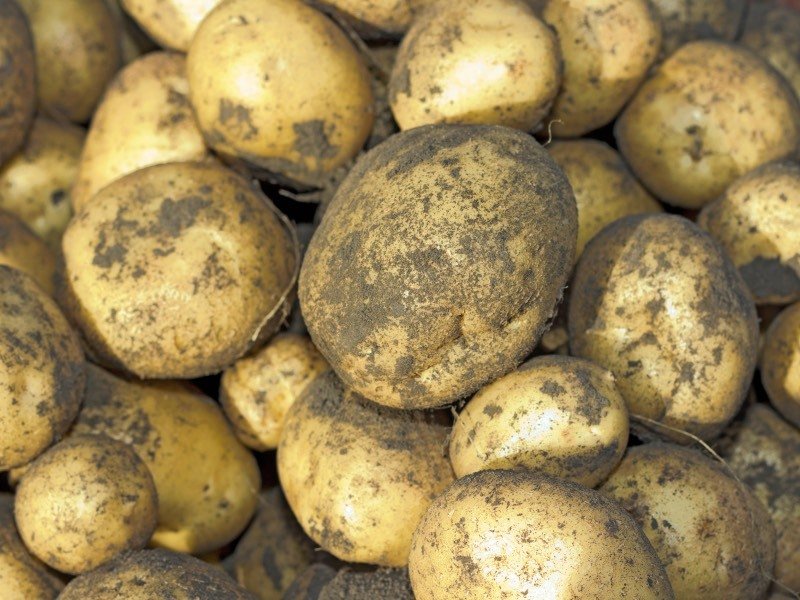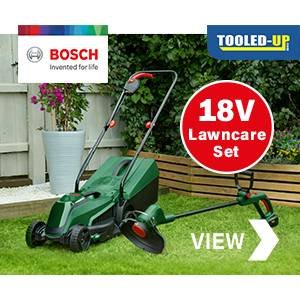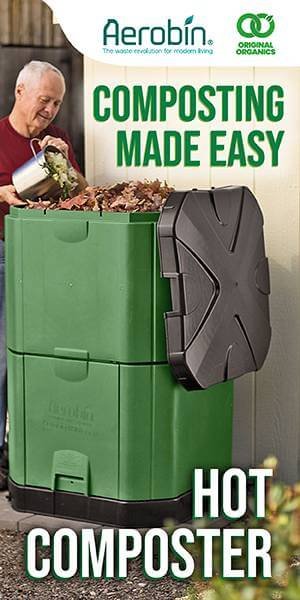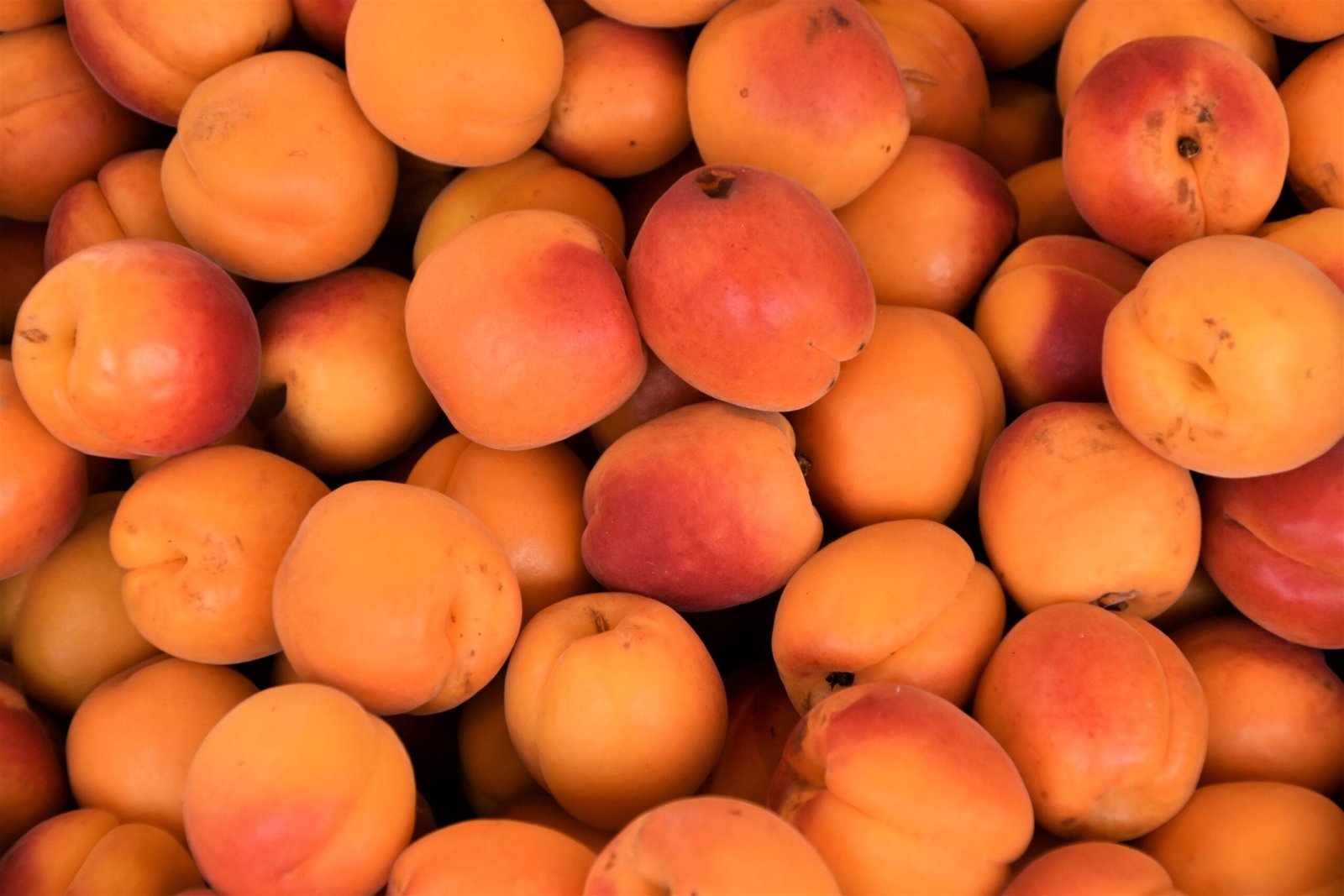How to grow potatoes… This is one of the most commonly asked questions when keen gardeners are looking to grow their own vegetables. As well as being an overall great vegetable for breakfast, lunch and dinner they are also great for breaking up hard soil acting like nature’s cultivator.
If you are just getting started with growing Potatoes, always consider crop rotation from season to season. For more details, please Click Here
Why Potatoes and not Something Else?
Why grow potatoes? For starters, they’re relatively low-maintenance. Potatoes also have a pretty long growing season, so you can get a lot of bang for your buck. And of course, there’s the fact that home-grown potatoes just taste better.
Popular Varieties of Potatoes to Grow in the UK
There are many different varieties of potatoes, but not all of them will do well in the UK climate.
Here are a few popular varieties that are well-suited to growing in the UK:
- Maris Piper: This variety is good for both chips and roasting. It has light brown skin and white flesh.
- Desiree: A good all-purpose potato, Desiree can be used for everything from mashed potatoes to baking. It has light brown skin and yellow flesh.
- King Edward: Another all-purpose variety, King Edward potatoes are good for both roasting and baking. They have dark brown skin and white flesh.
- Golden Wonder: As the name suggests, this potato has golden-yellow skin. It’s good for chips, roasting, and baking.
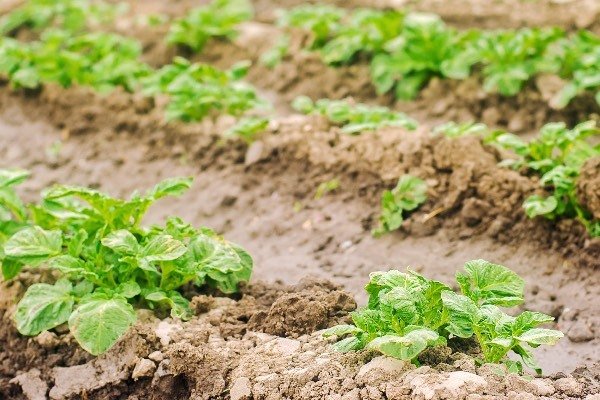
How to Grow Potatoes In 12 Easy Steps!
Assuming you’re starting from scratch, here’s how to grow potatoes in the UK:
Step One: Choose Your Potato Variety
As we mentioned before, not all potato varieties will do well in the UK. Make sure to choose a variety that is well-suited to the climate. Some popular varieties include Maris Piper, Desiree, King Edward, and Golden Wonder.
Step Two: Get Your Supplies
Once you’ve chosen your potato variety, it’s time to gather your supplies. You’ll need seed potatoes, compost, and a container that is at least 20 inches deep. If you’re planning on growing a lot of potatoes, you may want to invest in potato grow bag.
Step Three: Choosing soil type and seeds
When it comes to Growing Potatoes, there are three main soil types; chalky, clay, and sandy. Chalk and sand-based soils are free-draining but lack moisture and nutrients, so they need to be improved before planting. This can be done by adding organic matter such as well-rotted manure or garden compost.
Clay soils hold lots of moisture and nutrients but can become waterlogged and sticky when wet. To improve clay soils, dig in some organic matter such as garden compost or well-rotted manure to help with drainage.
The best type of seed potatoes to use is called ‘certified seeds’. These have been grown under strict conditions and will be disease-free. You can buy these from the following online retailers
Step Four: Planting Seeds
Early potatoes can be planted from late February to late April, depending on the weather and soil conditions. They can be planted in pots or grow bags filled with compost, or directly into the ground. If you’re planting them in the ground, dig a trench around 15cm deep and 30cm wide.
Step Five: Prepare Your Potato Seeds
Before you plant your potato seeds, you’ll need to prepare them. Start by cutting the seed potatoes into small pieces, making sure that each piece has at least two eyes. Once they’re cut, place the potato pieces in a cool, dark place for 24 hours. This will help them to sprout.
Step Six: Fill Your Container with Compost
When you’re ready to plant, fill your container with compost. Make sure to leave about six inches of space at the top of the container.
Step Seven: Plant Your Potato Seeds
Once your container is filled with compost, it’s time to plant your potato seeds. Place the potato pieces in the compost, making sure that the eyes are facing up. Cover the potato seeds with two inches of compost.
Step Eight: Water Your Potatoes
Water your potatoes well, making sure to soak the compost. Be careful not to over-water, as this can rot the potatoes. One to two inches in a week is sufficient.
Step Nine: Wait for Your Potatoes to Grow
Now, it’s time to wait for your potatoes to grow. Keep an eye on the weather, and make sure to water your potatoes regularly. After about two to three weeks, you should start to see some green shoots poking through the compost.
Step Ten: Hill Up Your Potatoes
Once your potatoes have started to grow, you’ll need to “hill up” the plants. This simply means adding more compost around the base of the plant. This will help to protect the potatoes as they continue to grow.
Step Eleven: Harvest Your Potatoes
Potatoes are typically ready to harvest after about two to three months. To check if they’re ready, carefully dig up one plant and see if the potatoes are a good size. If they’re not quite ready, put the plant back and check again in a week or two.
Step Twelve: Enjoy Your Home-Grown Potatoes!
Once your potatoes are harvested, it’s time to enjoy them! Whether you roast them, bake them, or fry them, we’re sure you’ll enjoy the fruits of your labour.
Potato Pests and Diseases To Know About
As a potato grower in the UK, it is important to be aware of the various pests and diseases that can affect your crop. Here is a brief overview of some of the most common ones:
Potato Blight
Potato blight is one of the most destructive diseases that potatoes can face. This fungal disease thrives in warm, wet conditions and can quickly spread through a potato crop, causing the leaves to turn brown and wilt. If left unchecked, potato blight can destroy an entire crop in just a few weeks.
How To Prevent Potato Blight?
To prevent potato blight, it is important to choose resistant varieties of potatoes and to practice good crop rotation. You should also avoid planting your potatoes too early in the season, as this can increase the risk of blight.
Potato Cyst Nematode
Potato cyst nematode is another serious disease that can affect potatoes. This tiny worm-like creature feeds on the roots of potato plants, causing them to become stunted and eventually die.
How To Prevent Potato Cyst Nematode?
To prevent potato cyst nematode, it is important to choose resistant varieties of potatoes and to practice good crop rotation. You should also avoid planting your potatoes in infested soil.
Common Potato Pests
There are a number of common pests that can attack potato plants, including aphids, Colorado potato beetles, and cutworms. These pests can cause serious damage to a potato crop, so it is important to be on the lookout for them.
How To Prevent Potato Pests?
There are a number of steps you can take to prevent potato pests, including using insecticidal sprays and traps. You should also consider planting trap crops, such as marigolds, around your potato plants.
With this information in mind, you should be well on your way to growing a healthy potato crop in the UK. Just remember to choose resistant varieties, practice good crop rotation, and take steps to prevent pests and diseases. With a little bit of care, you can grow potatoes successfully in even the most challenging conditions.
Top Tips For Growing Potatoes In The UK
- Potatoes need full sun, so choose a spot in your garden that gets at least six hours of sunlight per day.
- Prepare your soil before planting. Potatoes like well-drained, loose soil. Add some organic matter to your soil if it is heavy or clay-like.
- Plant your potatoes in late March or early April. You can either plant them directly into the ground or into potato bags filled with compost.
- Water your potatoes regularly, especially during dry spells.
- When the plants start to flower, apply a high potash fertiliser to encourage good tuber formation.
- Harvest your potatoes when the leaves start to die back. This usually happens in late August or early September.
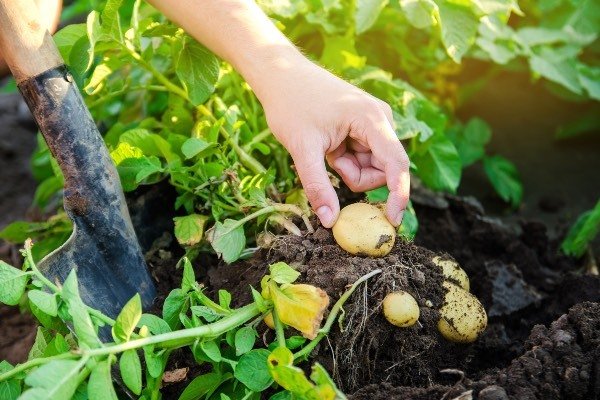
What Are The Different Ways Of Growing Potatoes?
There are three ways of growing potatoes: in the ground, in containers or bags, or undercover.
Growing potatoes in the ground is the most common method, as it is easy to do and doesn’t require any special equipment.
Growing potatoes in containers or bags is a good option if you don’t have much space, or if you want to grow potatoes on a patio or balcony.
Growing potatoes under cover is the best way to protect your crop from frost and pests, and it can also extend the growing season.
The method you choose will depend on your space and the time of year. If you’re short on space, growing potatoes in containers or bags is a good option. If you want to extend the growing season, opting for undercover is the best way to go.
FAQs - Growing Potatoes
Q. Can I grow potatoes from store-bought potatoes?
You can grow potatoes from store-bought potatoes, but it’s best to get them from a garden centre or nursery. Look for varieties that are certified disease-free. Also, make sure to get rid of any sprouts before planting.
Q. Can you grow sweet potatoes in the UK?
Growing sweet potatoes in the UK is possible, but they may not taste as sweet as those grown in warmer climates. You’ll need to start with slips, which are young shoots that you can buy from a garden centre or online retailer to grow sweet potatoes – Click Here to Buy Sweet Potato Plants
Once you have your slips, plant them in soil rich in organic matter and has good drainage. Keep the soil moist but not soggy, and fertilize every few weeks. Your sweet potatoes should be ready to harvest in about four months.
Q. Can you grow potatoes indoors?
Growing potatoes indoors is possible, but it requires a lot of effort. You’ll need to provide them with plenty of light and water and ensure they get enough ventilation. Growing potatoes indoors is also more expensive than growing them outdoors.
Q. Can you grow potatoes in containers?
You can grow potatoes in containers, but you’ll need to make sure the container is big enough. A plastic storage bin or a wheelbarrow are both excellent options. You’ll also need to make sure the container has drainage holes so that the potatoes don’t get too wet. – Buy Potato Containers Here
Q. How often should you water potatoes?
You should water potatoes once a week, or more often if the weather is hot and dry. Water them in the morning to dry off before nightfall, so the leaves have time to dry off. Avoid getting water on the leaves, as this can encourage disease.
Q. How long does it take to grow potatoes?
Potatoes usually take about two to three months to grow. However, new potato varieties that have been bred for shorter growing seasons are now available. These potatoes can be harvested in as little as six weeks.
Q. How do you know when potatoes are ready to harvest?
The best way to tell if potatoes are ready to harvest is to dig up a test potato. Push a spade into the ground next to the potato plant and carefully lift the plant out of the ground. If the potatoes are small, leave them in the ground for another week or two. If they’re the size you want, they’re ready to harvest.
The Final Word
Now that you know the basics of growing potatoes in the UK, you can get started on your potato patch. Growing your own potatoes is a fun and rewarding experience, and with this guide, you’ll be sure to have success. So grab some seed potatoes, get planting, and enjoy the delicious results of your hard work!

